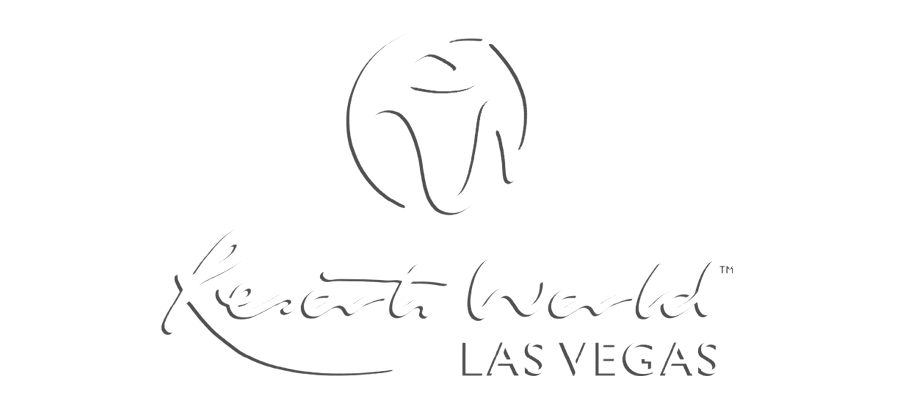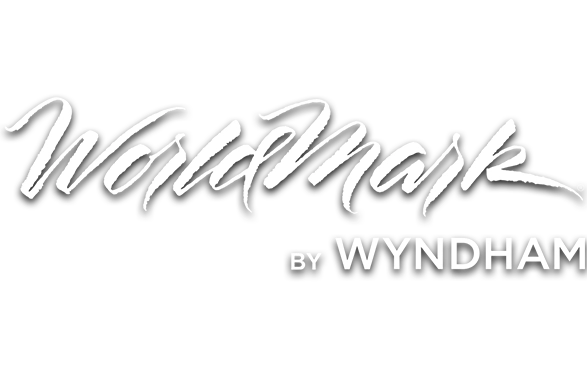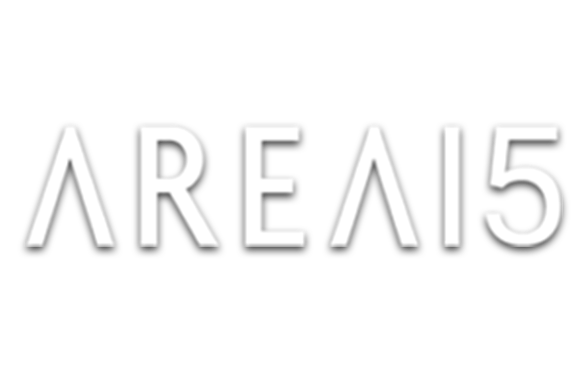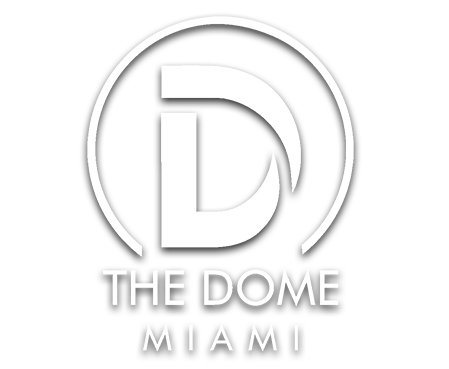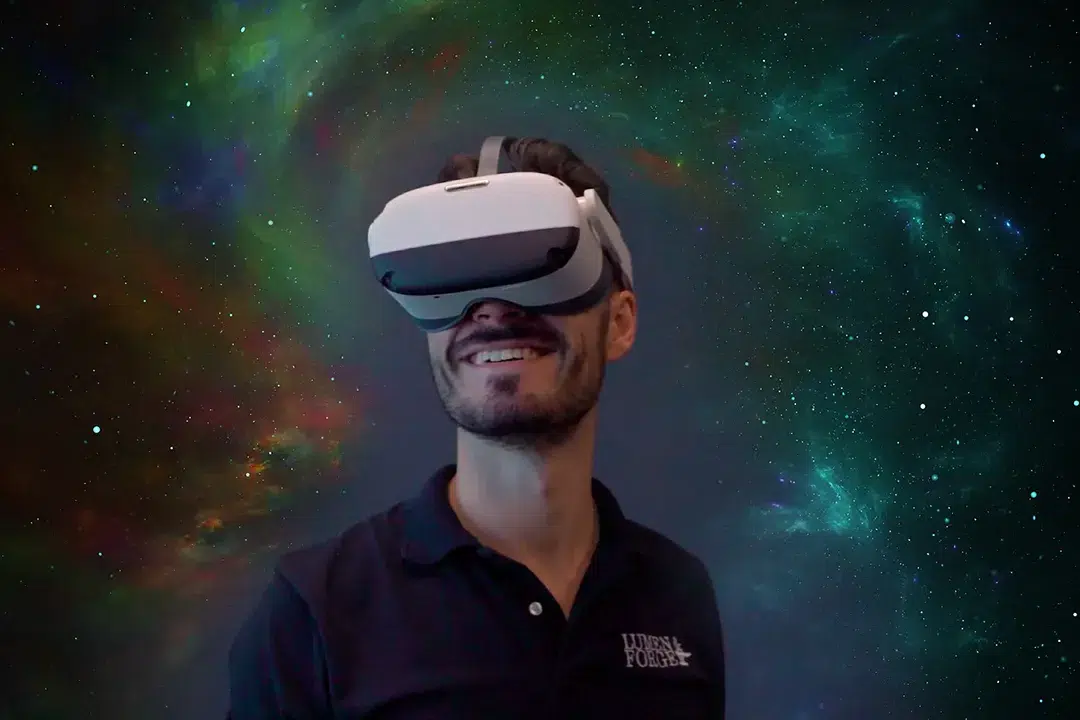What Is 360° Video?
360° video (also known as immersive video, spherical video, and panoramic video) refers to videos that have been captured in 360 degrees. These types of videos can be animated or live-action (though the former is much more difficult to create).
This concept isn’t new by any means. Photographers and videographers have been experimenting with this concept for a long time, as seen with the Al-Vista camera released in 1898, which was the first 360° panoramic camera of its time to be mass-produced. Today, it’s so widely supported that social media platforms like Facebook and YouTube natively support them. Chances are you’ve probably come across one before, even if you didn’t know it. To learn more about the history of VR, check out this article.
Live action 360° video is recorded with a specialized omnidirectional camera, or a multi-camera rig consisting of multiple cameras that capture a spherical field of view. Content captured in this way allows for a more interactive viewing experience. When viewed on computers, tablets, or smartphones, viewers can pan, tilt, and look around in any direction as they watch the video. For an even more immersive experience, 360° video can be viewed through a VR headset or, projected onto a dome.


360° Videos Pros and Cons
PROS
Easier production. It’s much easier to record 360° videos than it is to produce VR-ready content.
Better accessibility. 360° videos can now be viewed on most devices, such as computers, tablets, and smartphones.
It’s cheaper. The cost of a high-quality 360-degree camera is typically more affordable than the costs involved with VR development.
Shared immersive experience. When viewed in a dome, 360° video becomes something hundreds, if not thousands, can experience at once, whereas VR is more individualized.
CONS
Less interactive. Most 360° videos are passive viewing experiences. While viewers can look around the video and achieve some level of interactability with features like hotspots, it’s not to the same degree as VR.
Less immersive. 360° videos are more immersive than regular videos, but still less immersive than what you’d experience with VR.
Animated 360° videos are challenging to produce. Unlike live-action 360° videos that only need a camera, animated 360° videos require specialized software and a lot of planning.



What Is VR?
Virtual Reality (VR) is a viewing experience that typically involves the use of a head-mounted display (HMD), like a VR headset, but recent technological strides have also paved the way for VR domes, an exciting new way to experience VR in a shared space.
The idea of VR is to replicate the sensation of being transported into the media, giving the viewer an experience of unrivaled immersion. VR commonly uses computer-generated environments, giving the user much more interactivity. Users can create digital art, communicate with other VR users, and explore tailor-made digital worlds first-hand, all from the comfort of their living room. Not all VR content has to be digital though. For instance, you can also view 360° video in VR, allowing the ability to watch live broadcasts of concerts, conferences, sports games, and more.
There are varying levels of VR you can experience. Semi-immersive VR, for example, can be implemented in such a way that digital content overlays the real-world environment through the use of Augmented Reality (AR). Fully immersive VR, on the other hand, involves complete immersion in the digital environment that incorporates sight, sound, and sometimes even touch and smell.
VR Pros and Cons
PROS
Fully interactive. Viewers become users who can interact with the environment around them.
Enhanced immersion. VR transports you into the media, making it feel like you’re actually there rather than simply watching it on a device.
Many more possibilities. There’s an unlimited number of possibilities with the ability to create custom worlds from the ground up.
CONS
Requires an HMD or dome. You must have an HMD (VR headset) or access to a specialized setup to view the content, especially with stereoscopic VR.
Motion sickness. Some VR users may experience motion sickness as their senses try to discern what’s virtual and physical.
More expensive and complicated production. Digital VR content is much more costly and difficult to make, involving specialized equipment and software.
























